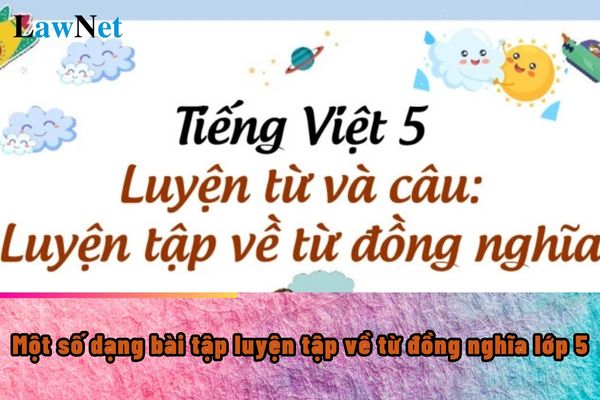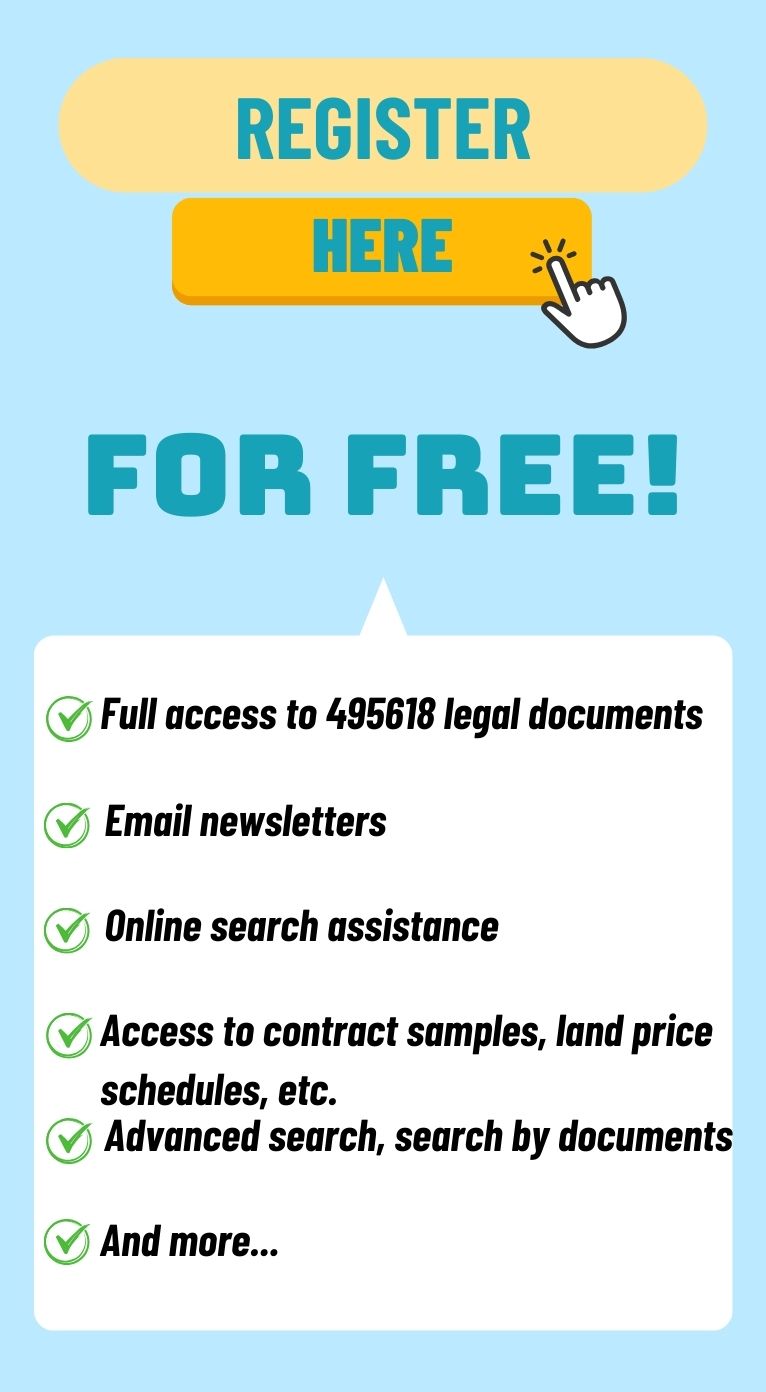What are some practice exercises on synonyms for grade 5 students in Vietnam? What are regulations on skimming skills in grade 5 Vietnamese Language curriculum in Vietnam?
What are some practice exercises on synonyms for grade 5 students in Vietnam?
Synonyms are words that have the same or nearly the same meanings and can be used interchangeably in a sentence without changing the meaning.
*Example:
Vui vẻ and hạnh phúc are synonyms.
To lớn and khổng lồ are also synonyms.
| Some exercises on synonyms: Exercise 1: Find synonyms Given a word, find at least 3 synonyms: Example: vui vẻ (hạnh phúc, phấn khởi, thích thú) Try with the following words: buồn, đẹp, thông minh, nhanh chóng Given a sentence, replace the underlined word with an appropriate synonym: Example: Cậu bé rất thích đọc sách. (yêu thích, say mê, ham mê) Try with the following sentences: Bầu trời hôm nay rất trong xanh. Cô ấy là một người rất hiền lành. Con chó nhà tôi rất trung thành. Exercise 2: Arrange synonyms into groups Given a list of words, arrange them into groups of synonyms: Example: lớn, to, nhỏ, bé, khổng lồ, tí hon Try with the following lists: thông minh, khôn ngoan, dốt nát, ngu ngốc nhanh, chậm, thoăn thoắt, rề rà vui vẻ, buồn bã, hạnh phúc, đau khổ Exercise 3: Create sentences with synonyms Given a word, create 5 different sentences using synonyms of that word: Example: đẹp (xuất sắc, xinh đẹp, lộng lẫy, tuyệt vời, hoàn hảo) Try with the following words: lớn, nhỏ, nhanh, chậm, thông minh Exercise 4: Find synonyms in a reading passage Read a passage and find all synonyms for a given word: Example: Read a passage about nature and find all synonyms for the word "xanh". Find pairs of antonyms and synonyms in a passage. Exercise 5: Play a game Word guessing: One person thinks of a word, another must guess it by asking questions using synonyms. Hanging word board: Write synonyms on small pieces of paper, hang them on the board. Students find pairs of synonyms and explain why they are synonyms. Advanced exercises: Write a paragraph: Give students a topic and some keywords that can be replaced with synonyms. Ask them to write a short paragraph, flexibly using synonyms to make the writing more interesting and rich. Example: Topic: Describe a spring morning. Keywords: đẹp, tươi tắn, trong lành, ấm áp. Fix word usage errors: Give students a paragraph with many repetitive words. Ask them to find and replace those words with suitable synonyms to improve the sentence. Compare and differentiate: Give students a group of synonyms and ask them to compare the nuances of meaning of each word. Then, ask them to create sentences with each word to illustrate. Example: Group of words: to lớn, khổng lồ, vĩ đại. Create a slogan: Give students a topic and ask them to create short, impressive slogans using many synonyms. Example: Topic: Bảo vệ môi trường. Creative exercise: Write a short story: Give students some keywords and ask them to write a short story using those words and their synonyms. Create a poem: Ask students to write a short poem, using many synonyms to create rhyme and rhythm in the poem. Create a play: Divide the class into small groups, each group will create a short play, using many synonyms to make the dialogues lively. *Note: Diversify the form of exercises: You can combine the above exercises with games, pictures, videos to increase attraction. Encourage creativity: Encourage students to explore and discover more synonyms. Correction and feedback: Teachers need to spend time correcting students' work and offering comments and suggestions for improvement. Specific exercise example: Exercise: Given the words: joyful, happy, excited, exhilarated, delighted. Write a paragraph describing your feelings when receiving a surprise gift, using at least 3 of the words above. Exercise: Read the following passage and find synonym pairs: "Mùa xuân đến, muôn hoa đua nhau khoe sắc. Cánh hoa hồng đỏ thắm, cánh hoa mai vàng tươi. Bầu trời trong xanh, mây trắng bồng bềnh trôi." |
*Note: The above information is for reference only./.

What are some practice exercises on synonyms for grade 5 students in Vietnam? What are regulations on skimming skills in grade 5 Vietnamese Language curriculum in Vietnam? (Image from Internet)
What are regulations on skimming skills in grade 5 Vietnamese Language curriculum in Vietnam?
Pursuant to Section V, Appendix, Curriculum for the Vietnamese Language subject promulgated with Circular 32/2018/TT-BGDDT, the reading skills after studying grade 5 Vietnamese Language are as follows:
READING
READING TECHNIQUE
- Read correctly and expressively various texts such as stories, scripts, poems, and descriptive articles, with a reading speed of about 90 - 100 words per minute.
- Read silently at a faster pace than in grade 4.
- Use some common Vietnamese dictionaries to find words, meanings, usage, and look up other information.
- Know how to read in different styles (skimming and detailed reading).
- Note important ideas and details briefly into a reading card or notebook.
READING COMPREHENSION
Literary texts
Understanding content
- Recognize a number of representative details and the main content of the text. Understand the easily recognizable implicit content of the text.
- Identify the link between the details. Know how to summarize the text.
- Understand the theme of the text.
Understanding form
- Recognize the text written with imagination and the text written about real people and real events.
- Identify the time, location, and their effect in the story.
Thus, according to the regulations, skimming skills develop to be faster than in grade 4 when studying grade 5 Vietnamese Language.
How is grade 5 Vietnamese Language curriculum structured?
Pursuant to Section II, Appendix, Curriculum for the Vietnamese Language subject promulgated with Circular 32/2018/TT-BGDDT, the grade 5 Vietnamese Language curriculum is structured as follows:
The Vietnamese Language Program adheres to the basic regulations outlined in the comprehensive program, while emphasizing several viewpoints as follows:
[1] The program is developed based on theoretical and practical foundations, updating research achievements in pedagogy, psychology, and teaching methodologies of the Vietnamese language; achievements in literary and linguistic studies; achievements in Vietnamese literature through different periods; experiences in developing Vietnamese language curricula in Vietnam, especially from the early 21st century to present, and international trends in curriculum development in general and the Vietnamese language program in particular in recent years, especially in developed countries; the reality of society, education, economic conditions, and Vietnamese cultural traditions, particularly the diversity of students in terms of regions, conditions, and learning abilities.
[2] The program focuses on training communication skills (reading, writing, speaking, and listening) as the main thread throughout the three educational levels to meet the competence-oriented program’s requirements and ensure cohesive continuity in all educational levels and grades.
Basic, foundational general knowledge about Vietnamese and literature is formed through activities of text reception and creation; served directly for the requirements of training reading, writing, speaking, and listening skills.
[3] The program is developed openly, indicating that it does not specify detailed teaching content but only stipulates the requirements to be achieved in reading, writing, speaking, and listening for each grade; specifies some basic, core knowledge about Vietnamese, literature, and some significant, important national literary texts that are mandatory for students nationwide.
[4] The program must meet renovation requirements while also focusing on inheriting and promoting advantages of existing Vietnamese Language Programs, especially the current program.
>>> DOWNLOAD the Curriculum for the Vietnamese Language subject promulgated with Circular 32/2018/TT-BGDDT.

